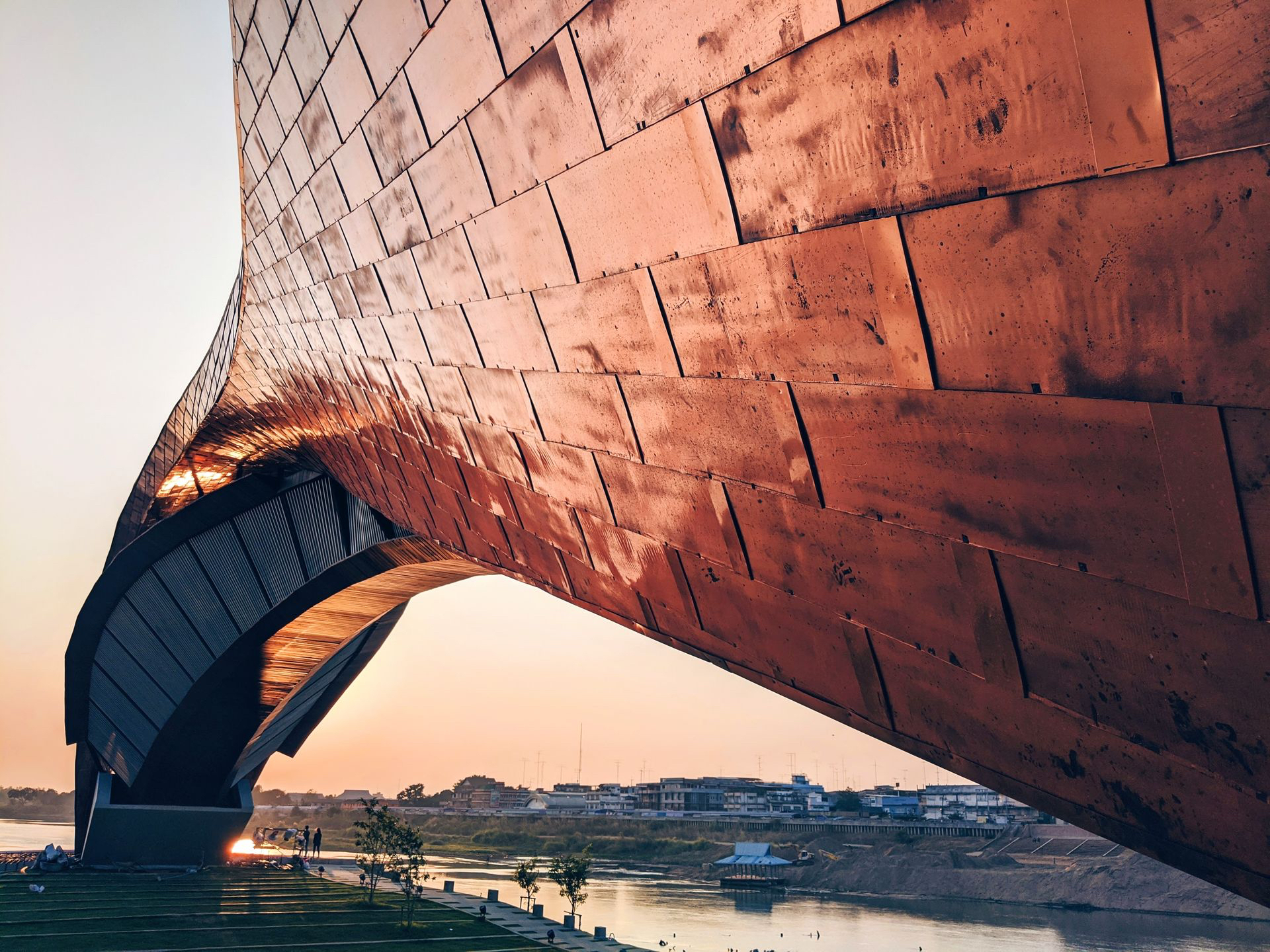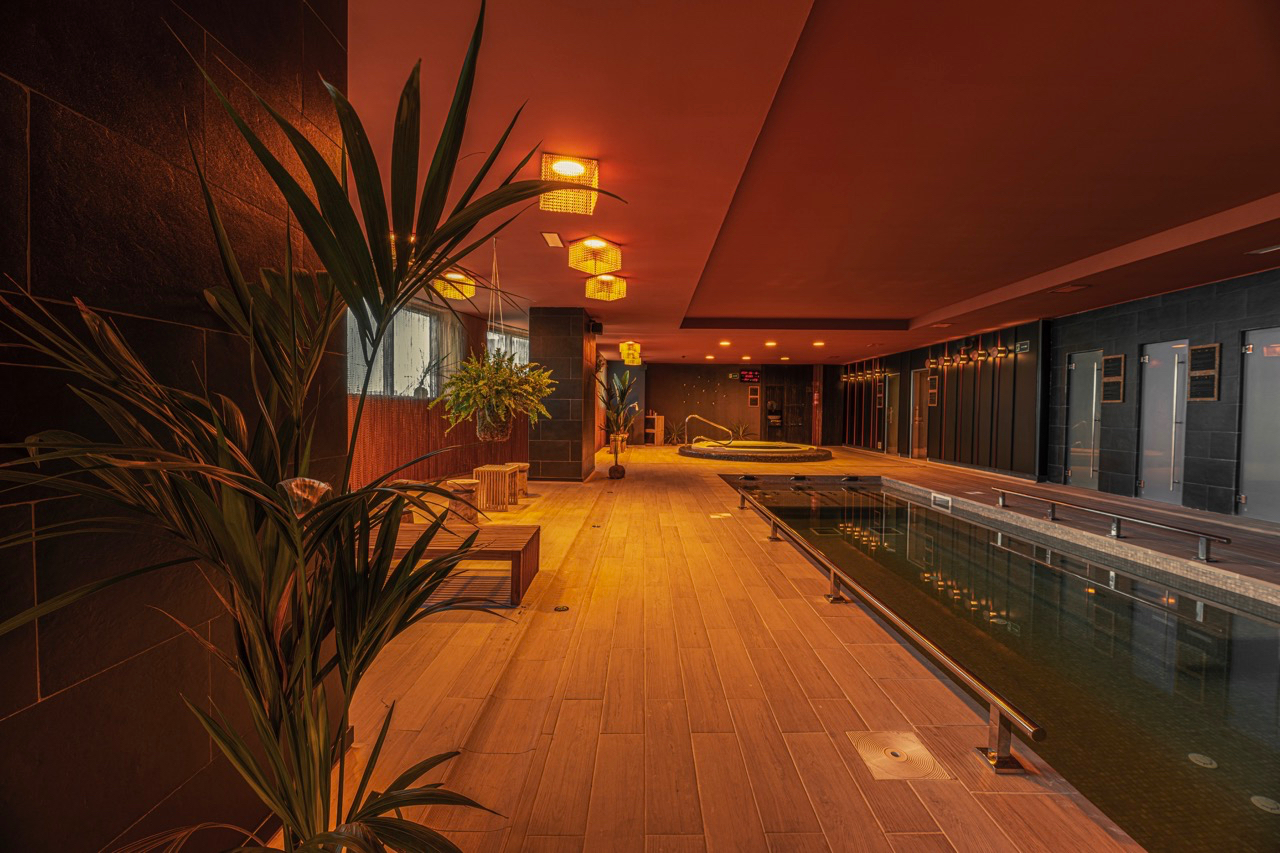Indeed copper has played a role in the architecture of our civilization for thousands of years. Also in Africa and Asia: For example, in ancient Egypt, the massive doors to the temple of Amen-Re at Karnak were lined with copper. In the 3rd century BC, copper tiles were installed on the top of the Lowa Maha Paya temple in Sri Lanka.
In the Mediterranean and to give an example of durability, the Romans used copper as a roof covering for the Pantheon in 27 BC! And curiously these copper plates were used by Bernini 1500 years later to cover the ceilings of the basilica of Saint But in the Vatican in Rome!
The doors of the Church of the Nativity in Bethlehem (VI century) are covered with bronze plates, cut out in patterns. Those of Hagia Sophia in Constantinople, from the 8th and 9th centuries, are made of bronze. The bronze doors in Aachen Cathedral in Germany date from around 800 AD. The bronze baptistery doors in Florence Cathedral were completed in 1423 by Ghiberti. And the roof of Kronborg, one of the most important Renaissance castles in northern Europe that was immortalized as Elsinore Castle in Shakespeare's play “Hamlet,” was installed in 1585; By the way, the copper in said tower was renovated in 2009.
As we see, copper is a metal that is part of classical history, but currently has a spectacular boom in contemporary architecture. For centuries, copper was reserved primarily for public institutions, such as churches, government buildings, and universities. But today, architectural copper is used in roofing systems, flashings and copings, rain gutters and downspouts, building expansion joints, wall coverings, domes, vaults, and other design elements.
Additionally, copper has evolved from being an exterior design element to interior building environments where it is changing the way commercial and residential interiors are decorated.
In the 21st century, the use of copper continues to evolve in the indoor environment. Its recently proven antimicrobial properties reduce pathogenic bacterial loads on products such as railings, bathroom fixtures, countertops, etc. These copper-based antimicrobial products are now being incorporated into public facilities (hospitals, public transportation facilities) such as residential buildings due to public health benefits.
Contemporary architecture benefits greatly from copper, because it uses metal to complement other materials already used in construction processes – copper combines almost spontaneously with very diverse materials such as wood, brick and glass. Another great advantage of copper is its ability to be remade, that is, it is sustainable and fully recyclable.
Both in roofs and in façade cladding, the visual effect of copper has long been considered a symbol of architectural elegance, longevity and distinction. In addition to being beautiful, it is a metal that has properties that stand out among other materials used in architecture and design, including malleability, resistance, durability, versatility and variety of colors.
No other metal has as impressive a color variation as copper. Starting from its natural reddish color, copper turns brown and then advances to its characteristic green-patinated tone, and finally grayish.

There are 400 combinations of copper alloys, each with a unique combination. Bronze alloys are made from copper and tin and were the first to be developed about 5,000 years ago. They were so important that the historical period that followed was designated the Bronze Age.
Bronze is the generic term for a variety of copper and zinc alloys with combinations of properties including strength, meleability, ductility, wear resistance, hardness, heat, antimicrobial action, electrical and thermal conductivity, and resistance to different levels of corrosion.
And of course timeless beauty: Copper is forever!
Copper protects itself by developing a patina over time that makes it resistant to different atmospheric conditions with a useful life that extends to several generations.
Unlike other materials, copper does not change its properties over time, and is resistant to sunlight, UV rays, water and humidity – these are the main reasons why it is so durable. .
Copper is a natural material with a living surface, which matures elegantly and in parallel with the building. Copper fits perfectly with the demands of modern architecture and is the contemporary architectural material par excellence.
Copper roofs, facades and gutters combine perfectly with other natural building materials such as wood, stone, glass or brick. And copper combines excellently with the vernacular or exotic vegetation that you wish to introduce into the spaces!
Copper is the fashionable material in modern architecture.
It is the preferred material for architects and creative people. The use of copper is experiencing a period of resurgence in contemporary architecture and the ways in which it is used are very diverse: from a family home to buildings of extraordinary shapes, both interior and exterior applications, traditional sheets or transparent and creative.
The result is a relaxing pleasure for the five senses: Color, vibration and acoustics, smell, asepsis for taste, and of course the touch of copper! Vibrant, multifaceted, majestic and ever-changing surfaces; a wide range of colors… These unique characteristics of copper allow for great creativity when designing buildings and rooms.
Copper can be recycled over and over again without losing its properties or performance. Fortunately today, the reuse of materials is a key element of the construction industry. In this sense, copper has excellent credentials: If the demolition or rehabilitation of a building is necessary, copper is not thrown away, as is the case with many other construction materials, since it is 100% recyclable.
Recycled copper is identical to primary copper, regardless of the number of times it has been reused. Today, for example, 43% of copper demand in Europe is covered with recycled materials.
Copper is a material at the forefront of eco-construction
In addition, copper has an extremely gentle malleability, allowing artisans to give free rein to their imagination to achieve desired and unusual shapes.
Copper and its stories will always amaze us!
It stands out as a visible element, in the use of copper on roofs and facades, but today even more so in interior decoration, which achieves beautiful results, astonishing and sober, visually very attractive and elegant.
Copper as a physical material with an eternal appearance, whose echoes and emotional allegories, symbols, figures, and interior images, interact synergistically, in favor of the balance, revitalization and well-being of the visitors of COBRE29 SPA.

